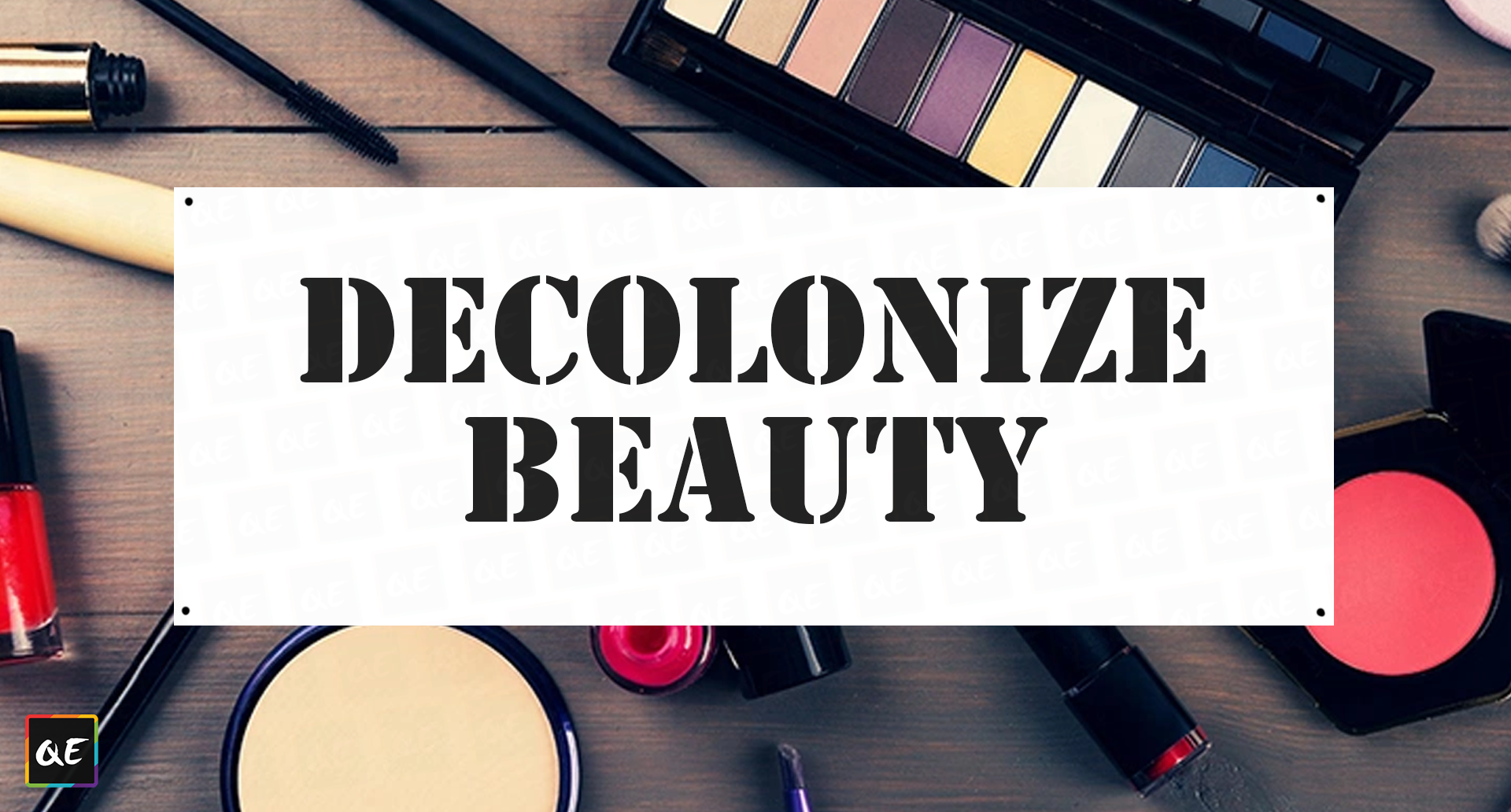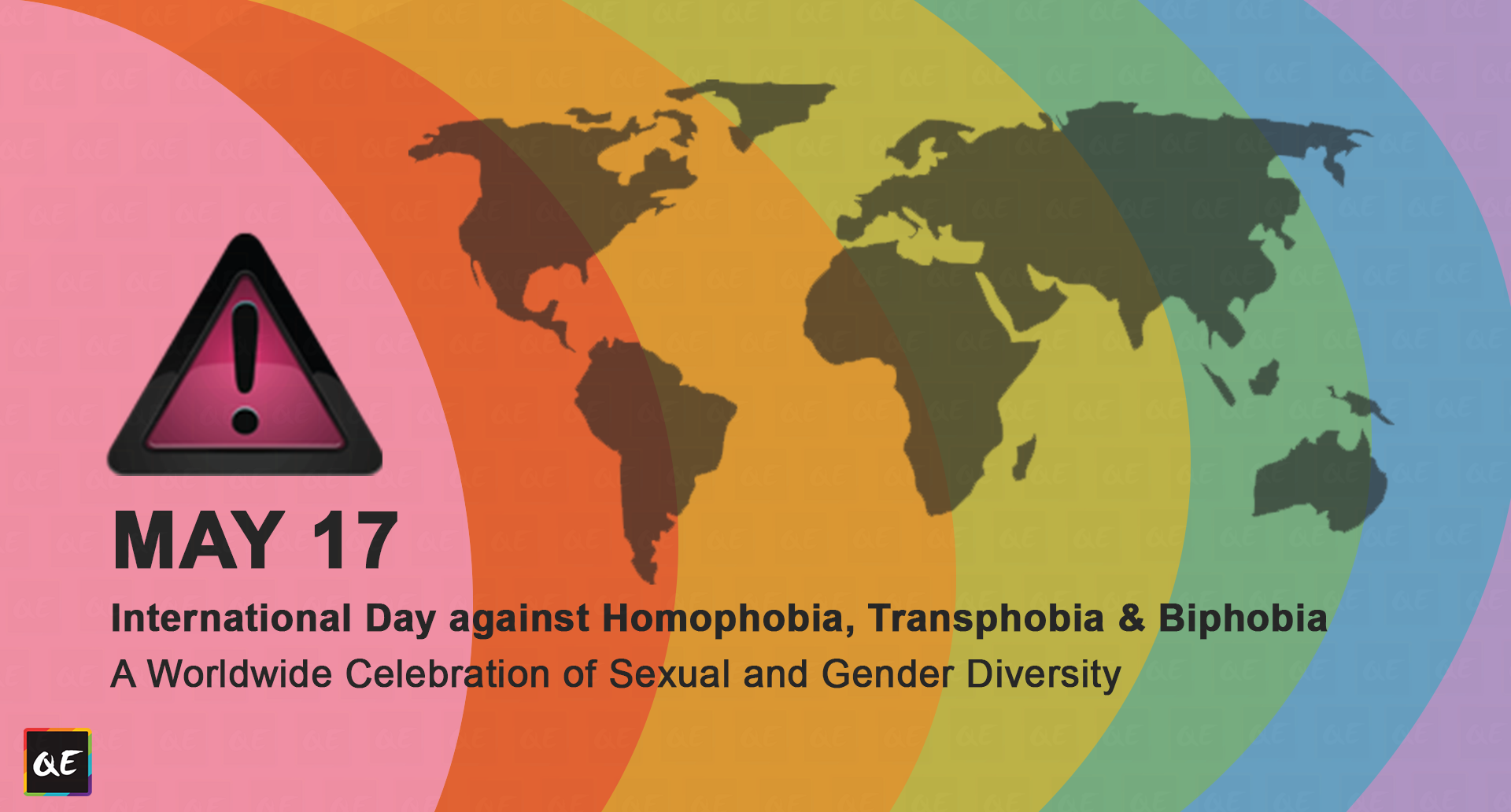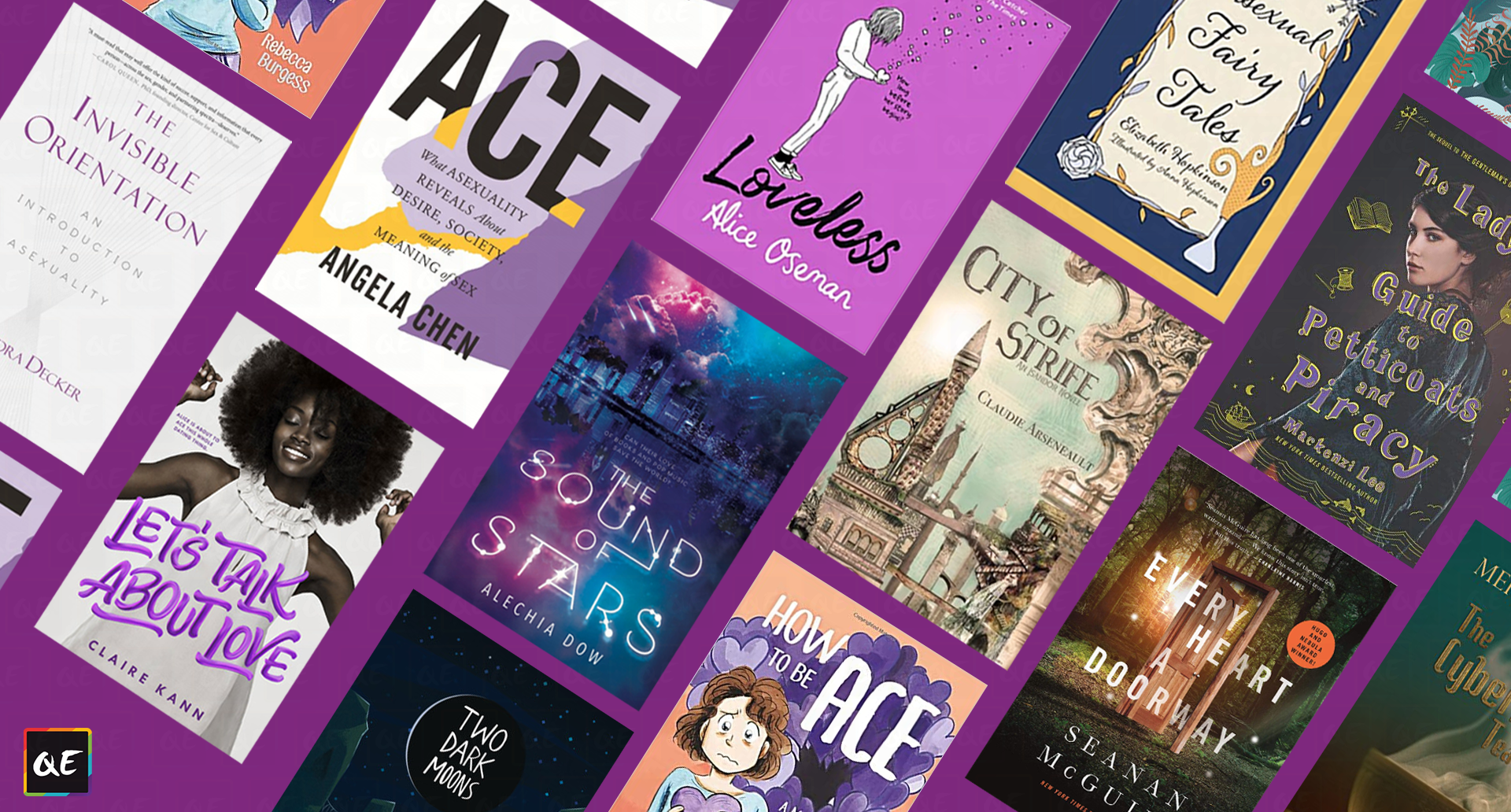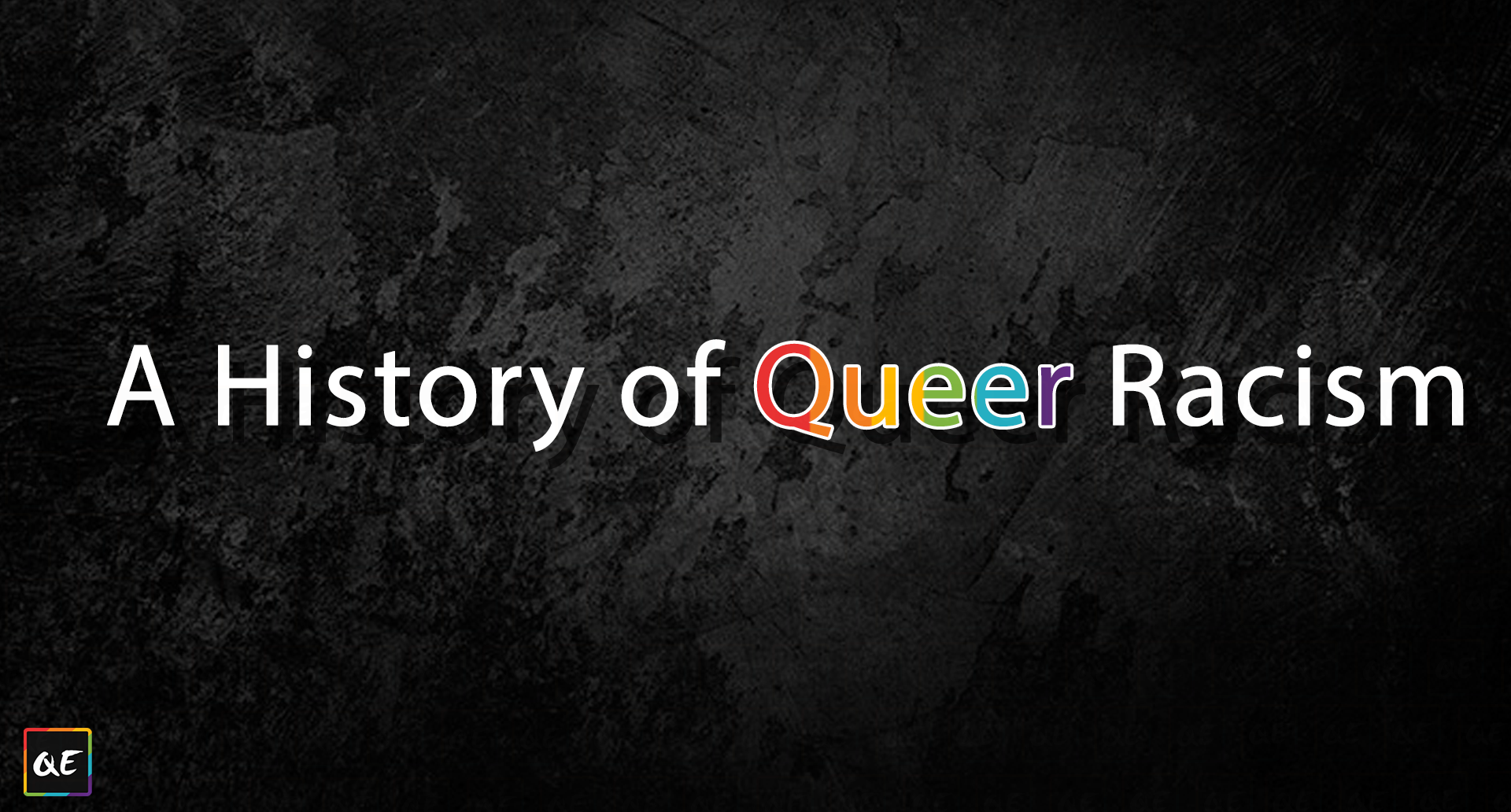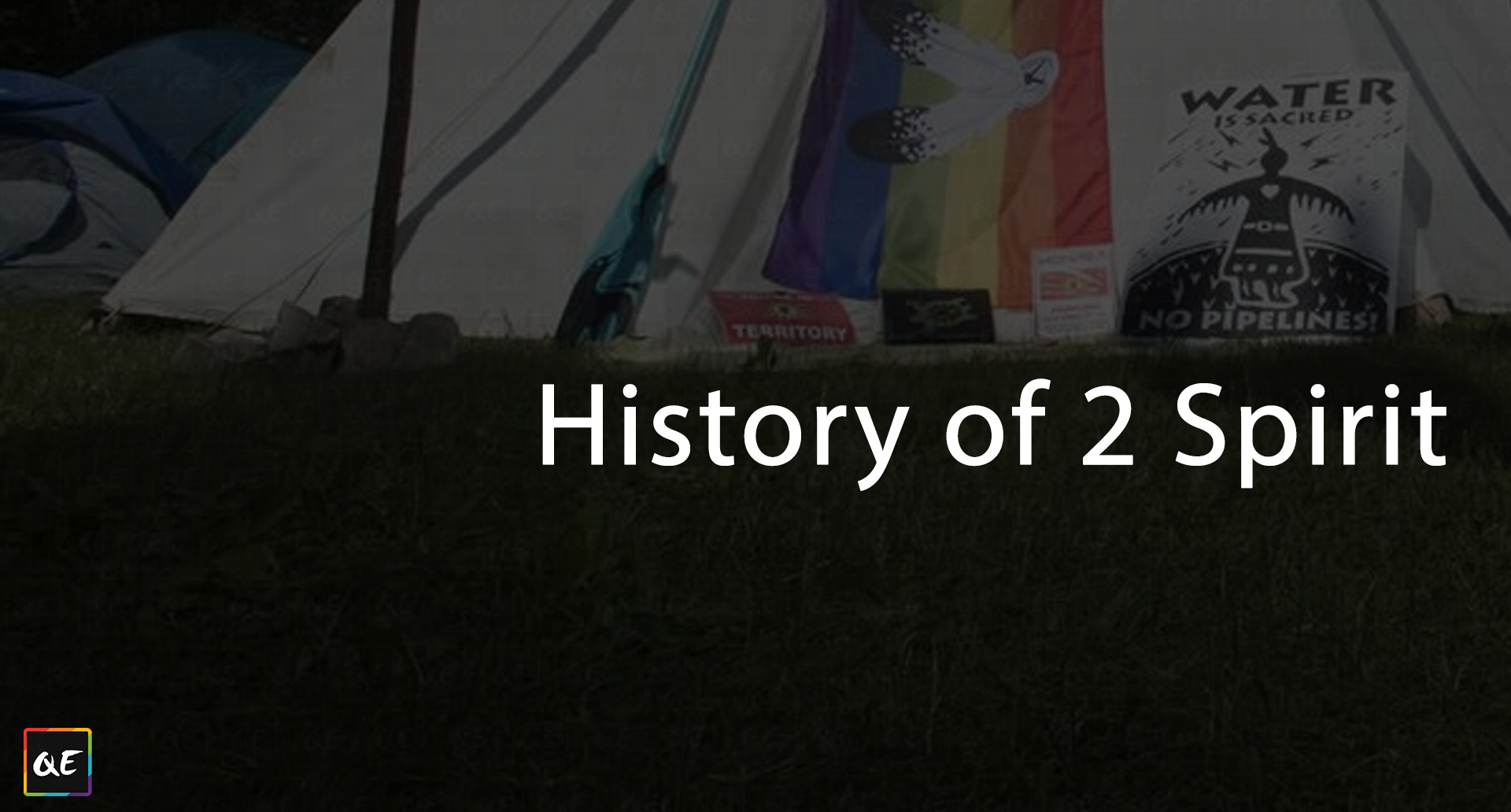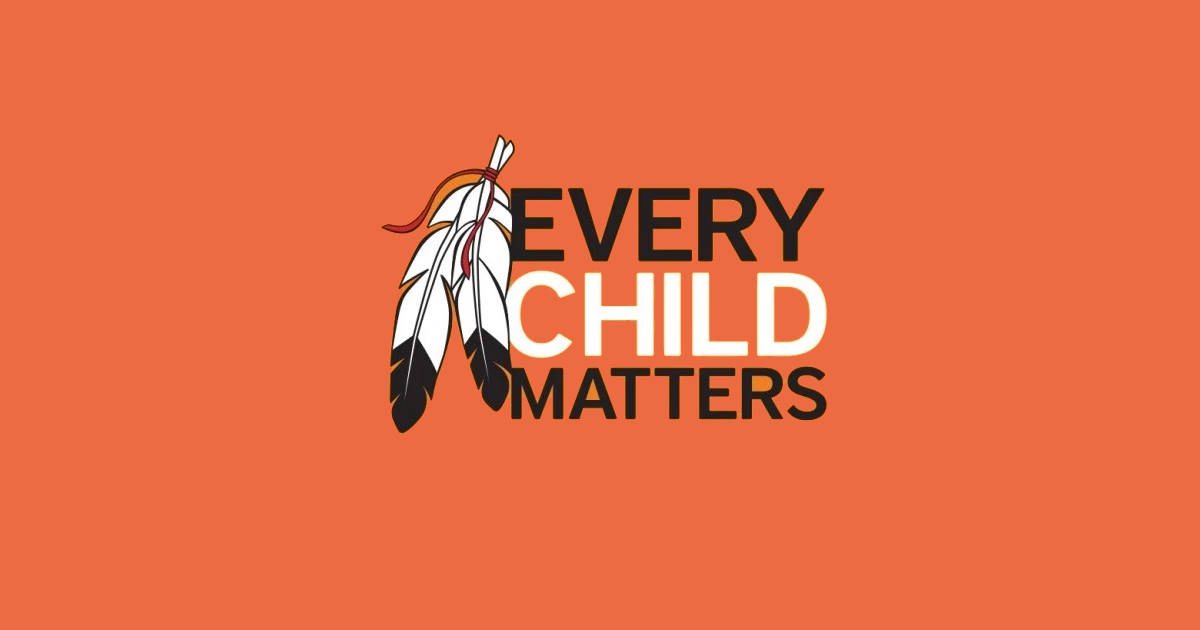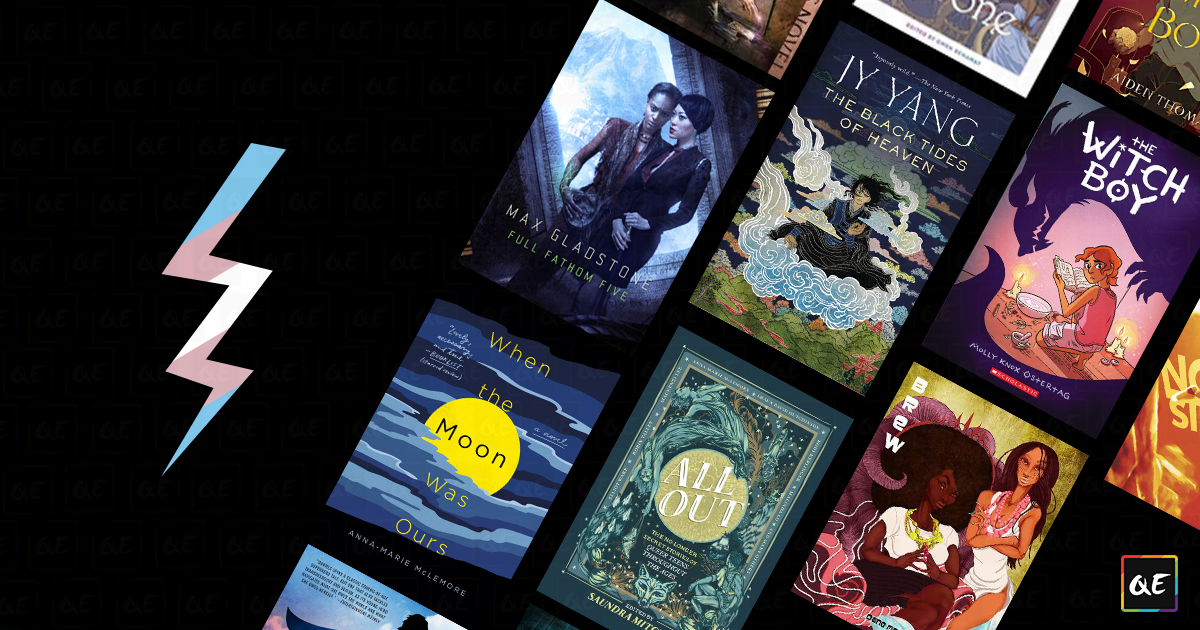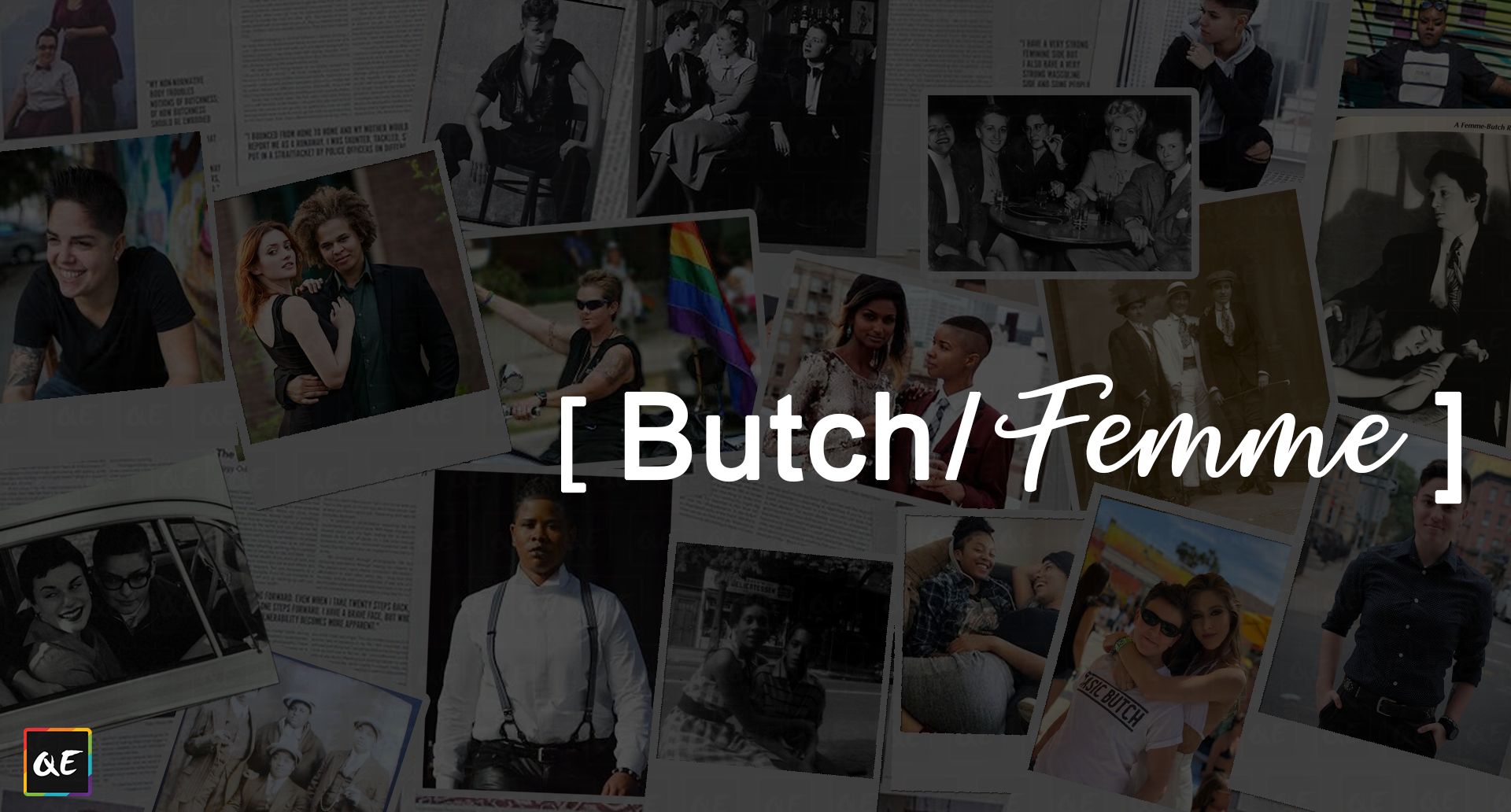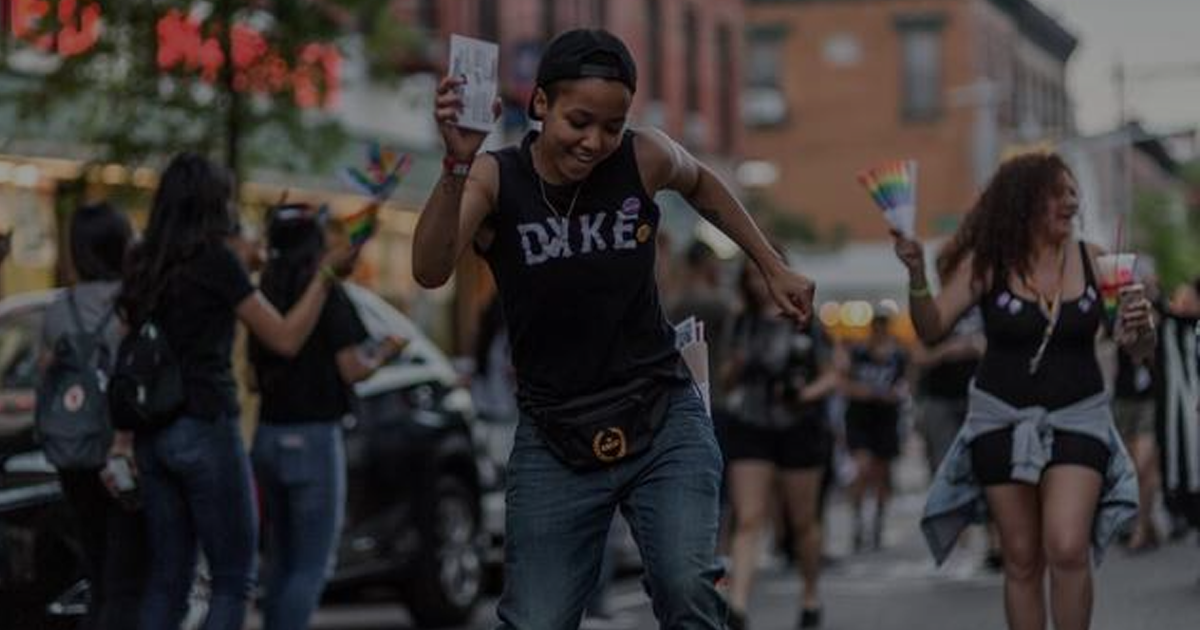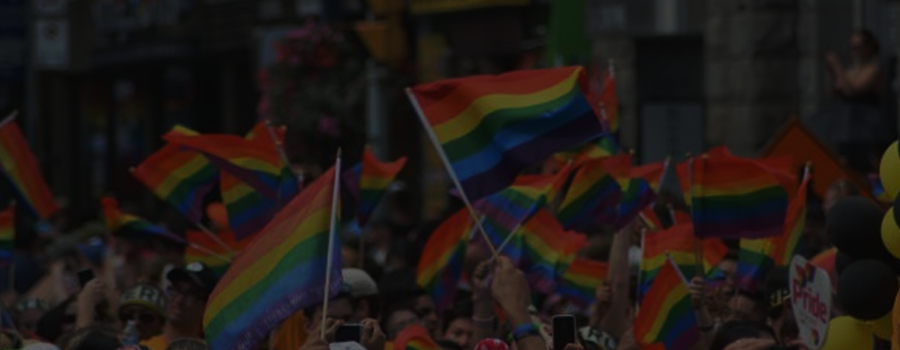
History of the Pride Flag
The Pride Flag is one of the most well known LGBT2Q+ symbols of our community. This iconic flag signifies safe spaces, defiance, hope, survival to queers around the world. But how much do you know about the history of the flag and how it got to its iconic status?
“A true flag cannot be designed — it has to be torn from the soul of the people.” - Anon
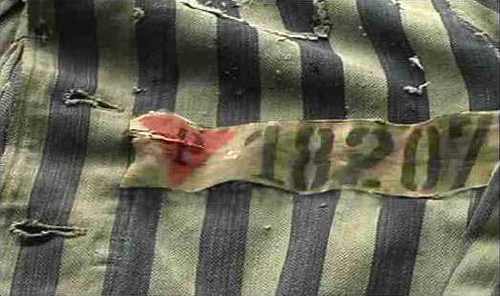
Before the Pride flag, there were other symbols and colours in use by the queer community such as the colour lavender, which became associated with the lesbian community, as well as pink and black triangles. The triangles were first used by Hitler to identify gay males in Nazi concentration camps, and the black triangle was similarly used to identify lesbians and others deemed “asocial”. The pink and black triangle symbols were re-claimed by our communities to signify our strength and survival of oppression.
The only thing they have to look forward to is hope.
In the 1970s, Harvey Milk became the first openly gay person to hold a high public office in a major American city when he was elected to the San Francisco Board of Supervisors. Milk, known fondly as the Mayor of Castro St., had campaigned on a positive message of hope for young gay people, saying, “The only thing they have to look forward to is hope. And you have to give them hope.”
After winning the election, Milk challenged Gilbert Baker, a San Francisco based artist, to come up with a symbol of pride for the gay community – a positive alternative to the pink triangle. Baker described the San Francisco queer community in the 1970s as “a time of incredible empowerment, political organizing, community building, and artistic expression...”
The Gay ‘Betsy Ross’
Gilbert Baker was a gay artist living in San Francisco. Born in Chanute, Kansas, in 1951, he left home to join the army, and after he was discharged, landed in San Francisco. When Baker left the army, a gay man could still be imprisoned or subjected to electroshock therapy for homosexuality. He came out at 19, which he says allowed him to become the artist he dreamt of being. The first step of that dream was looking fabulous. Baker was starting to perform as a drag queen, and admittedly broke, the easiest way to find great costumes was to make them himself, so he learned to sew.
Years later, his drag persona would take the name Busty Ross, a nod to another famous flag-making seamstress.
An activist in the gay community for years, in 1978, Baker got a job at the now-defunct Paramount Flag Company in San Francisco, where he would work for the better part of a decade. This would enable him to call on resources that would help make the Pride flag wide-spread.
Becoming an International Symbol
Baker answered Milk’s challenge and with the help of several members of the Grove Street gay community centre in San Francisco, Baker hand-stitched and hand-dyed the very first rainbow flag in 1978 - reminiscent of Betsy Ross and the creation of the US Flag.
Baker choose eight (8) colours for the original flag. Each of the original colours, selected through colour therapy, had its own meaning: hot pink for sex, red for life, orange for healing, yellow for sunlight, green for nature, turquoise blue for magic, indigo for serenity and violet for spirit.
In November 1978, San Francisco’s lesbian, gay and bisexual community was stunned when the city’s first openly gay supervisor, Harvey Milk, was assassinated. Wanting to demonstrate the gay community’s strength and solidarity in the aftermath of the tragedy, the Pride Committee decided to use Baker’s flag.
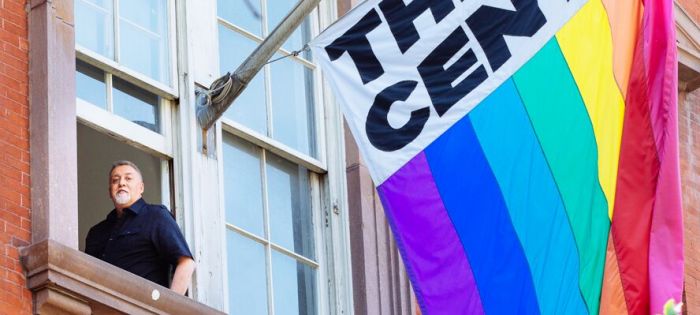
When Baker approached Paramount Flag Co. to make flags for the 1979 Gay Freedom Day Parade, Paramount informed Baker that fabric for hot pink was not available for mass production, and Baker dropped the hot pink stripe, reducing the flag to seven (7) colours. Baker also asked Paramount to make vertical banners for the parade route that would be split and displayed from the angular double bars of the old-style lamp posts on Market Street. Baker and Paramount's vice president Ken Hughes agreed to also drop the turquoise stripe and replace the indigo stripe with royal blue — resulting in three stripes on one side of the lamp post and three on the other.

Soon the six colours were incorporated into a six-striped version that became popularised and that, today is recognized by the International Congress of Flag Makers. The flag has become an international symbol of pride and the diversity our communities.
In much of the world, the flag is still as politically charged as it was in the 1970s in San Francisco.
“Waving the flag is still a provocative act in many places. It's not quite the same thing as walking down the street in your rainbow drag gown in some great Pride parade in San Francisco or New York." - Gilbert Baker, 2017
Food for Queers
Stay Safe. Not Hungry
Providing support for 2SLGBTQ+ folks experiencing food insecurities within the city of London

